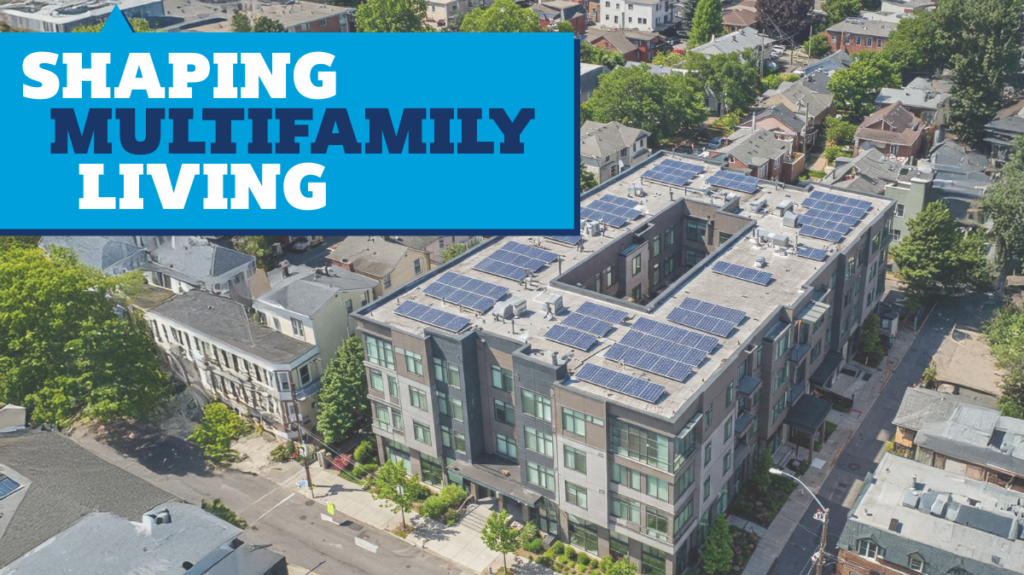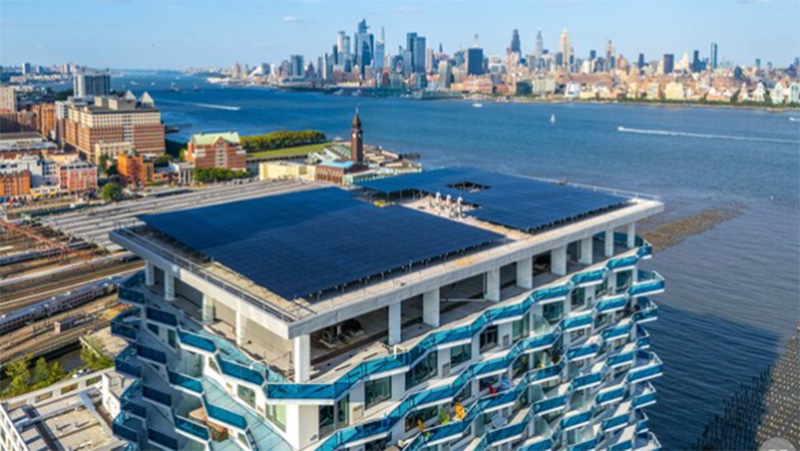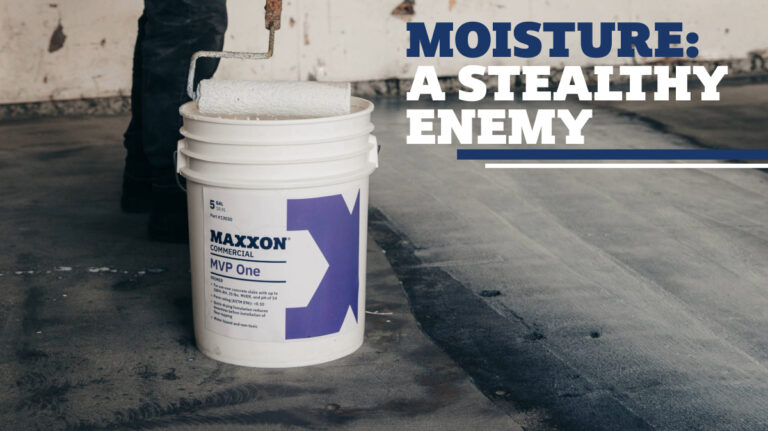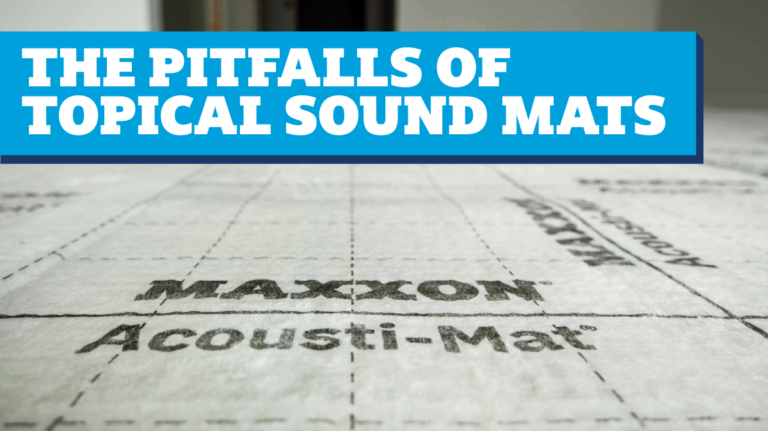Shaping Multifamily Living: Key Trends and Innovations in 2025

Multifamily construction continues to evolve to meet tenant demands for comfort, sustainability, and high-quality living spaces. From water conservation and solar energy to mixed use and work-from-home considerations, the following trends and innovations are influencing how multifamily properties are being designed and built.
Sustainability
As climate concerns intensify and resource costs continue to rise, sustainable solutions in multifamily construction are moving from cutting-edge to standard practice. Here are a few environmentally responsible trends enhancing sustainability in the multifamily sector.
Offsetting Energy Usage with Solar
Solar accounted for 64% of all new electricity-generating capacity added to the U.S. grid in the first six months of 2024.[1]
For multifamily properties, solar can be a viable solution for lowering electric bills, managing operating costs, and reducing greenhouse gas emissions. A recent example is the large-scale solar project from New York-based real estate developer, LeFrak. The developer installed an expansive rooftop solar array on a 336-unit, high-rise multifamily residential building at Jersey City’s waterfront.
The 450-panel system will offset 13 percent of the building's carbon emissions — the yearly equivalent to the carbon emitted by 179 acres of U.S. forests or 37 gasoline-powered cars. LeFrak’s nearly $1 million investment offsets energy produced by electrical systems used in the building’s common areas, including those that power elevators and lighting, as well as cooling and ventilation in the building's lobby and amenities.[2]

Mitigating Water Mayhem with Leak Detection
New innovations in leak detection technologies are helping owners and operators of multifamily properties prevent the costly, disruptive consequences of water damage.
Advanced leak detection systems can identify unusual water flow patterns that indicate potential leaks before they cause significant damage or waste. In addition, these systems can alert owners and automatically shut off valves to prevent flooding.[3]
Beyond the obvious benefits of preventing water loss, property destruction, and direct repair costs, leak detection technologies can avoid the need for long-term tenant displacement and the negative backlash that can tarnish a property’s reputation.
The Rise of Passive House Principles
Originating in Germany but adapted to meet the unique demands of large-scale residential developments across North America, Passive House standards are providing a transformative framework for multifamily housing.
One of the most impressive projects is The House at Cornell Tech on New York’s Roosevelt Island. When it was unveiled in 2017, it was the tallest and largest Passive House residential building in the world achieving the most rigorous energy efficiency standard that can be obtained—cutting heating consumption by 60-80% compared to code buildings.[4]
Energy recovery ventilators (ERVs) used to efficiently circulate fresh air are also a requirement of Passive House standards. Inside The House at Cornell Tech, air is constantly being pulled from kitchens and bathrooms, while fresh air flows into living rooms and bedrooms. Although the ventilation is uniform, individual fan units allow residents to control indoor temperatures based on their personal preferences.[5]
To learn more about Passive House standards for multifamily projects in the United States, visit PHIUS.
ACOUSTICAL COMFORT
A key driver in tenant satisfaction and retention, along with property profitability, hinges on providing and maintaining acoustical privacy and comfort. Many state and municipal laws allow tenants to withhold rent or break the lease without penalty if their right to quiet enjoyment is breached. Developers, architects, and builders all play an important role in mitigating noise disturbances. The following trends and innovations can help support long-term success in delivering effective sound control for multifamily properties.

Creating Quiet Home-Office Spaces
The work-from-home revolution has radically transformed how tenants use residences and common areas of multifamily buildings. The need to focus, hold video meetings, and conduct other business activities has heightened tenant awareness of intrusive sounds. Whether coming from inside or outside a building, noisy disruptions create friction for residents trying to work. Even operations staff such as landscapers and maintenance crews can be the source of unwanted distractions.
At Avalon Woburn in Woburn, Massachusetts, AvalonBay Communities, a leading multifamily real estate investment trust, created workspaces for residents who want to work in common areas during the day. In addition, the real estate investment trust (REIT) upgraded the apartment envelope above minimum requirements to foster more conducive work environments for residents.[6]
Forecasting and Flexibility for Mixed-Use
Combining two or more asset classes into one development provides property owners with greater economic resilience and multifamily residents with easier access to everyday amenities such as retail, restaurants, and services.
While mixed use is not a new concept, building in a flexible sound control strategy is certainly a fresh take — especially as residential tenants increasingly prioritize acoustical comfort, and commercial tenants strive to keep pace with lifestyle trends.
As the demand for mixed use spaces increases more acoustically challenging situations arise. These conditions can often be solved with higher performing floor ceiling assemblies. Maxxon provides entangled mesh mats up to ¾” with premium fabrics that, in conjunction with Gyp-Crete, can be used to enhance an assembly.
Specifying and Delivering Proven Sound Control Systems
In the past, most multifamily units featured wall-to-wall carpet which helped mitigate impact sound transmission of heavy footfalls and dropped objects from floors above.
With the popularity of Luxury Vinyl Tile (LVT) and other resilient flooring in multifamily construction, it is now routine to install a sound mat topped with gypsum to achieve an Impact Insulation Class (IIC) rating of 50. Upgrading a mat’s thickness from 1/8 to 1/4 or 3/8 can improve the IIC rating from three to five points, a level that is clearly perceptible to residents.[7]
Determining the best sound control system for multifamily projects — one that accounts for long-range acoustical considerations and provides tenant satisfaction — is where Maxxon’s expertise in underlayments and sound science truly shines.
As the leader in sound attenuation for buildings and inventor of Gyp-Crete®, Maxxon offers proven, rated, and tested floor/ceiling assemblies to deliver the desired level of acoustical comfort while also meeting or exceeding codes for fire safety and sound control. The durability and strength of Maxxon® Gyp-Crete® underlayments are ideally suited for the requirements specified by today’s resilient flooring manufacturers. In addition, Maxxon Gyp-Crete underlayments bring greater flexibility to the construction process. Unlike board-style underlayments, Gyp-Crete can be used to correct out-of-level subfloors, compensate for framing inaccuracies, and easily address transition areas between different finished flooring products.
Maxxon® Acousti-Mat® sound control mats are available in a wide range of profile heights and performance levels. Each Acousti-Mat sound mat uses acoustical fibers that create an air gap in the subfloor surface to dissipate impact sound. Topping a Maxxon® Acousti-Mat® with the solid mass of a Gyp-Crete underlayment to block airborne sound transmission, creates a robust sound control solution for multifamily construction.
Backed by more than 200 published sound tests and available in over 140 UL and ULC fire-resistance rated designs, Maxxon’s proven sound control assemblies allow architects, developers, and builders to specify and deliver the optimal level of sound control for the quiet enjoyment of residents today and in the years to come.
Wondering how to achieve the desired STC and IIC ratings for your next multifamily project? Get started with Maxxon’s Interactive System Selector or contact your Maxxon rep.
[1] Solar Industries Association’s Solar Market Insight Report. September 9, 2024.
[2] LeFrak, PR Newswire, January 27, 2025.
[3] Sherman, E., GlobeSt.com April 11, 2025.
[4] The House at Cornell Tech.


